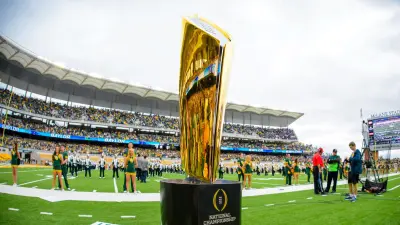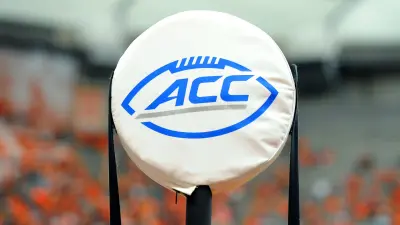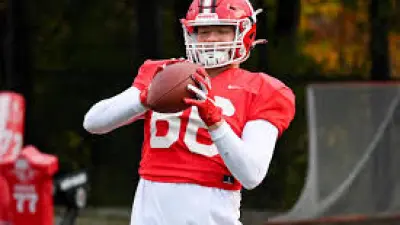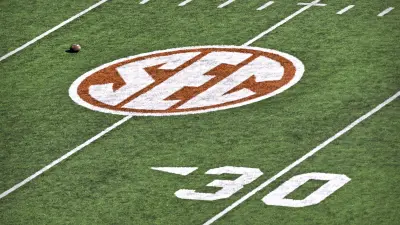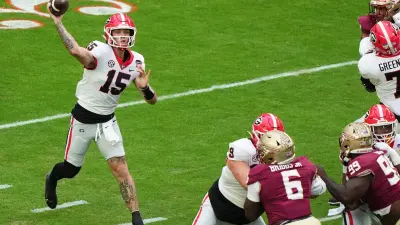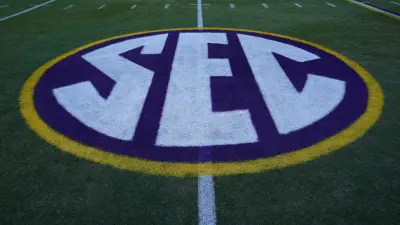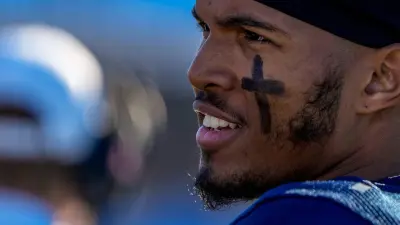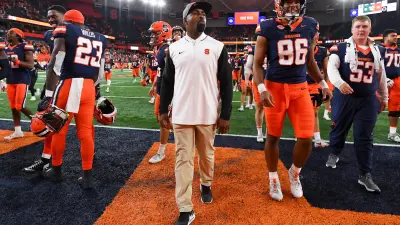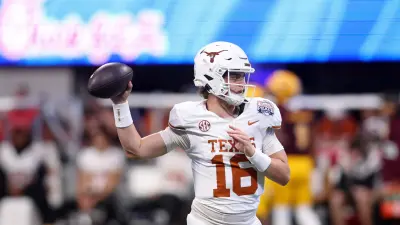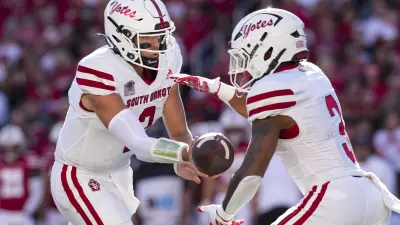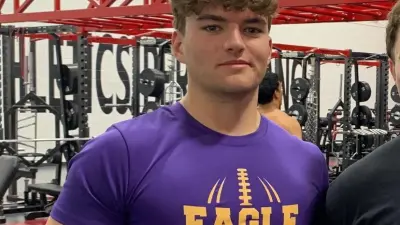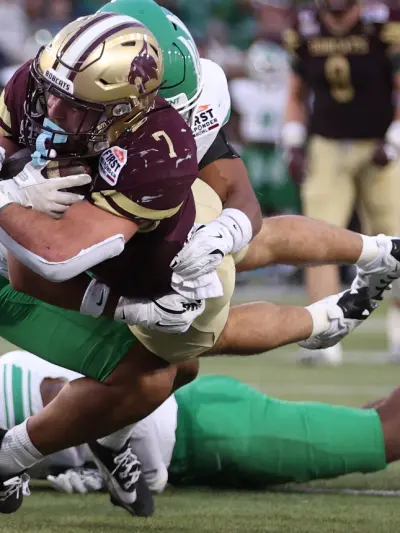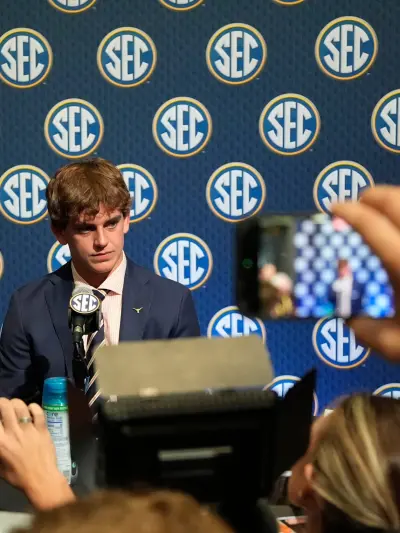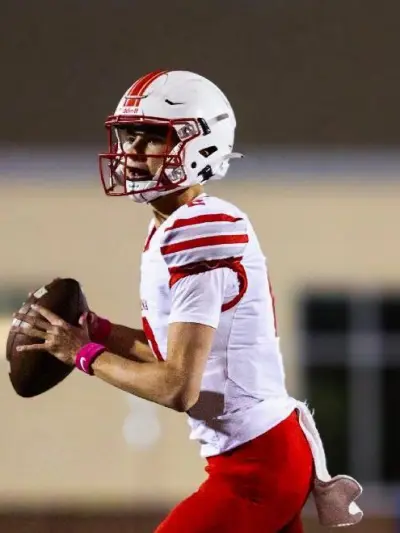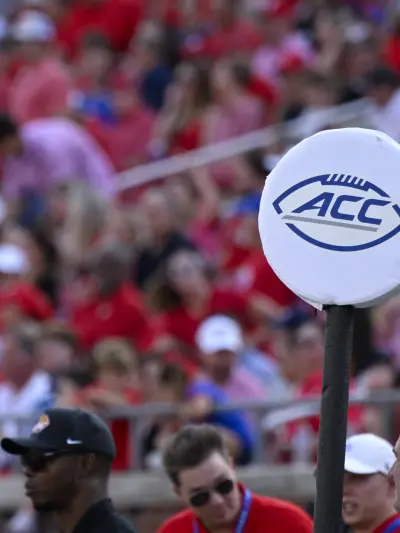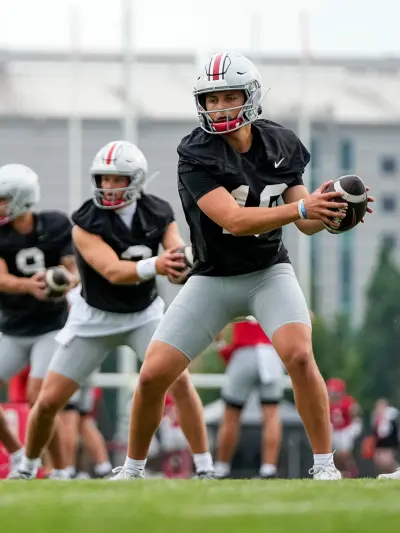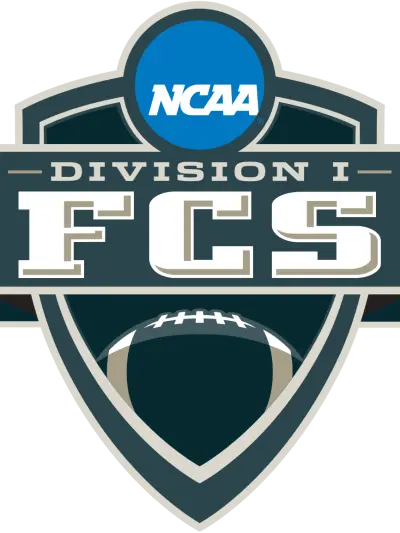By Rock Westfall
In its current state, college football has had near-daily drama. The old days of eight months of radio silence are over. And that is not necessarily all bad.
Should We Really Miss The Good Old Days?
In June 2010, as summer vacation plans began, the University of Nebraska announced it would leave the Big 12 Conference to join the Big Ten. College football has never been the same since.
Sure, other programs had moved to other leagues before. Arkansas left the Southwest Conference for the SEC in 1992. Subsequently, the then-lawless Southwest Conference itself folded in 1995, with its renegade teams scattering to different leagues. Its most prominent programs merged with the Big Eight to make the Big 12, which split into two divisions. That transition proved to be an omen.
The SWC collapse was our first taste of conference realignment and was considered a one-off. There was cable TV but a limited amount of sports-oriented networks. Social media and streaming were non-existent. Thus, realignment was tidy, and the news quickly died.
College football fans and media resumed their predictable offseason of National Signing Day in February, following other sports, pursuing different interests, and taking a long sabbatical until August camps ramped up. It was peaceful, orderly, and as certain as death and taxes.
But when Nebraska announced its B1G move, it triggered a chain of events that eventually led to today’s daily drama of perpetual surprises.
More Sports News
The proposed CFP revenue-distribution model was largely based in conference participation over the last decade.
Considering future realignment moves, SEC & Big Ten have accounted for 72.5% of CFP participants.
SEC: 17
B1G: 12
ACC: 7
Big 12: 2
(ND: 2)https://t.co/uD8HXYlSn3— Ross Dellenger (@RossDellenger) March 8, 2024
The Networks Transform Into Frankenstein
Nebraska’s move came at a time when sports media network expansion was booming. The Big Ten was a pioneer with its own network that was an instant success. ESPN expanded, adding channels, as did FOX Sports. And all TV networks noticed the good ratings they were getting so they paid for more. Eventually, the ACC, SEC, and Pac-12 would have their own networks too. College football had never enjoyed more blanket coverage than in the new decade.
During this expanded TV coverage, foreign influences began to emerge. Many TV executives were from the pro-sports-oriented northeast. Hence, they ignored college football and were utterly ignorant of its culture. Yet they were gaining influence and wanting an NFL model. As the internet grew, so did fan message boards and other new ways to communicate. Demands for a national championship game began.
College football, still somewhat stodgy, saw the new revenue potential of a national championship game. In 1998, the Bowl Championship Series was founded. Tennessee beat Florida State 23-16 in the 1999 Fiesta Bowl to claim the first BCS title.
Of course, the demands for an expanded playoff soon followed. And with the increased TV coverage coinciding with social media, the College Football Playoff was a fait accompli. The CFP began in 2014 with a four-team format, expanding to 12 teams this year, with more likely on the way in 2026.
With all of this new revenue, college football got rich. And leagues began reforming and poaching one another for bigger brands and larger network contracts. In turn, networks were desperate for live content sports, their biggest and last hope to stay in the black. So, the networks paid more but gained increased influence on a sport they did not fully understand.
But as in all forms of life, with more money comes more problems. In college football’s case, players noticed the game was drowning in cash, and they weren’t getting any of it.
Frankenstein emerged and demanded control. Then he got it.
Big Ten, SEC want nearly 60% of College Football Playoff revenue https://t.co/cUjPglM9hu pic.twitter.com/HQvAWcvG9H
— Awful Announcing (@awfulannouncing) March 8, 2024
The Emergence of the Player’s Rights Movement
College football players and their advocates in the media began demanding more benefits. Earning a college education in exchange for playing football was once considered a blessing. But in the past decade, that gratitude morphed into entitlement.
Players saw coaches getting whopping multi-million dollar contracts with the ability to leave a program high and dry at any time of their choosing for a better deal elsewhere. Players rights advocates said it was unfair that student-athletes had to wait a year to transfer while they were not getting paid for their labor. At the same time, such arguably shallow arguments ignored the immense value of a full-ride scholarship, yet it caught on. Players, political figures, and commentators began comparing college football players to slaves.
At this same point, lawsuits were being filed for player’s rights. Name, Image, and Likeness (NIL) regarding video games, apparel, and related became a legal issue. And if there is one thing that gets college administrators off the dime, it is lawsuits.
Because of legal pressure and in the hopes of appeasing the players, NIL payments became legal. Of course, the NCAA Conclave of Clods made the process so convoluted that there is no rhyme or reason to it. For example, when the NCAA recently tried to slap down Tennessee for “inducement” of players with NIL, they were laughed out of the courtroom, fully emasculated.
Now, players are getting paid and have liberal transfer rights. College football added a self-inflicted wound with its extra December early signing period, which has become the new National Signing Day.
December is now known for the coaching carousel, recruiting, bowl prep, playoffs, and the transfer portal all at once.
Enter chaos unleashed.
Will coaches be fired earlier than ever with the Early December Signing Day? Probably.
But at the same time, what's the point of sprinting to complete that process when guys can transfer without penalty and the portal exists?
— Connor O'Gara (@cjogara) March 6, 2024
The Drama That Never Ends
The proliferation of television networks, social media, streaming, NIL payments, early signing day, and the transfer portal have combined for the greatest show not on turf.
Each week, we are treated to at least one major story and often more. We now have the Big Ten and SEC breaking off into Super Leagues, which can decide the fate of all other schools. We have TV networks with too much influence on scheduling, conferences, and the new playoff format. We have players coming and going on a whim while reneging on previous commitments as they demand playing time and payments from the GOAT of the sport, Nick Saban. Because of that, Saban admitted his methods no longer work and retired. Team goals are now secondary to a me-first culture.
And then there are the coaches. They are now on call and on the job 24/7/365, re-recruiting and begging their current players to stay. As coaches politic with their current roster, they try to poach players from their rivals. And while doing all of that, they are making cold calls to boosters for NIL cash and facility upgrades. In many cases, they do everything but actually coach football.
The worm has turned to the point where head coaches such as Jeff Hafley and Chip Kelly surrendered their positions to take assistant coaching jobs to be able to simply coach football.
Chip Kelly leaves UCLA head coach position to become Ohio State offensive coordinator in unprecedented move.
The Bruins are left in a rough spot when it comes to the roster, while Ryan Day gets a big fish to run the Buckeyes offense.
Read: https://t.co/iTFVX1da3P pic.twitter.com/bb2QGHf3kE
— OutKick (@Outkick) February 9, 2024
The NFL Model Indeed
With player and coaching movements, the potential of a new governing body for the sport, the threat of many major programs being left behind for a Super League, and the destruction of the best regular season in sports for an expanded playoff, there has never been a better time for substantive content and entertaining drama. With this new normal of multi-tasking, college football continues its transition to an NFL model.
The NFL has mastered the art of staying in the news all year. The offseason is now another season. College football has followed suit, albeit by accident. And while many of us pine for a time that is dead and buried, we must concede that the current chaos does offer benefits. College football’s offseason has become a drama not to be missed. At times, it is more interesting than the actual season itself.
The days of college football going dark for eight months are mercifully over. Even for traditionalists, it’s a nice tradeoff.
Indeed, God’s Game is likely to destroy its soul and lose much of the customer base that made its meteoric growth possible. But the process of this self-destruction is undeniably riveting entertainment. The party will be a blast while it lasts. But the hangover will be deadly.
Packing for my recruiting trip at this early hour talking with my wife about…THINGS…has me feeling some type of way.
In my opinion, the principal problem in college football today is that it has morphed into a disorganized, quasi NFL model that’s ill-governed by…
— Mark Atuaia (@CoachAtuaia) November 30, 2023
